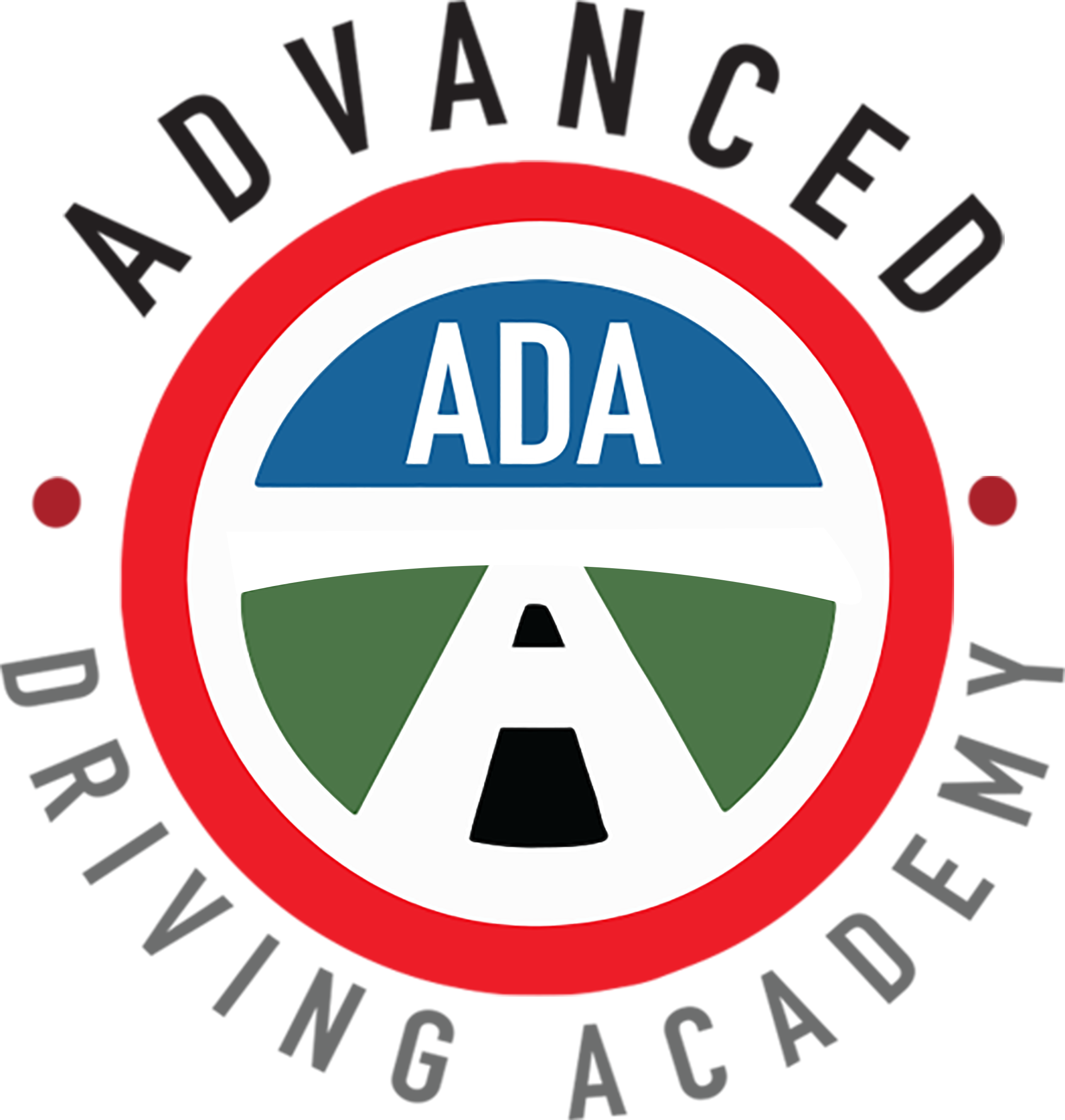Narration while driving, also known as self-talk, is a method of verbalizing driving-related thoughts out loud. It involves verbalizing your thoughts while driving. The process can help you stay focused, increase your situational awareness, and better react to potential hazards on the road.
In defensive driver training, narration while driving is used as a teaching tool to help drivers recognize the hazards and risks associated with driving. Drivers who use this method are better equipped to predict potential hazards and react quickly to avoid collisions.
Studies conducted on the effectiveness of narration while driving have shown promising results, with drivers who use this technique being less likely to be involved in collisions. A study conducted by the American Psychological Association found that narration while driving improved driving performance and reduced the number of collisions by up to 43%.
Benefits of Narration While Driving
The benefits of narration while driving are numerous. Additionally, the technique has proven to be an effective method of defensive driver training. Here are some of the benefits of using this technique:
- Increased situational awareness: Narration while driving helps drivers to focus their attention on the road, thereby increasing their situational awareness. Drivers who are more aware of their surroundings are better able to react to potential hazards and avoid accidents.
- Improved reaction time:. When drivers narrate their thoughts, they are better able to anticipate potential hazards, which helps to improve their reaction time. This is especially important in emergency situations when quick thinking and fast reactions are essential.
- Better decision-making:. Narration while driving helps to improve decision-making skills by encouraging drivers to evaluate their options and weigh the potential consequences of their actions. This helps drivers to make informed decisions that reduce the risk of accidents.
- Improved concentration: Narration while driving helps to improve concentration by reducing distractions and focusing attention on the task at hand. This ensures that drivers are fully engaged and able to react to potential hazards in a timely manner.

Incorporating Narration
With the numerous benefits of narration while driving, it is important for drivers to incorporate this technique into their defensive driving habits. Here are some practical tips on how to do so:
- Narrate your thoughts out loud: Verbalize your thoughts while driving, especially when you encounter a potential hazard or risk. This will help you to focus your attention on the task at hand and improve situational awareness.
- Use descriptive language:. When you narrate your thoughts, use descriptive language to describe what you see, hear, or feel while driving. This will help you to process information more effectively and react quickly to potential hazards.
- Evaluate your decisions: Take time to evaluate your decisions and consider the potential consequences of your actions. This will help you to make informed decisions that reduce the risk of accidents.
- Practice regularly: The more you practice narration while driving, the more effective you will become at it. Try to incorporate this technique into your daily driving routine and make it a habit.
In conclusion, narration while driving is a highly effective method of defensive driver training that offers numerous benefits to drivers. By using this technique, drivers can improve their situational awareness, reaction time, decision-making skills, and concentration. This contributes to the reduction of risk of accidents. It is important for drivers to incorporate narration while driving into their defensive driving habits and practice regularly to become more effective at it. So, the next time you get behind the wheel, try to verbalize your thoughts out loud and see how it can improve your driving skills!

Related Post
Master the icy roads! Discover the top five crucial lessons from winter driver training, ensuring your safety during the frosty season.
Stay safe this winter! Learn essential tips for winter driving and get home safely.






